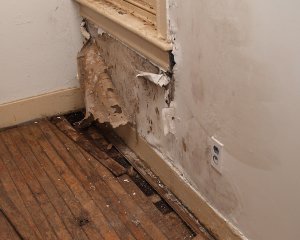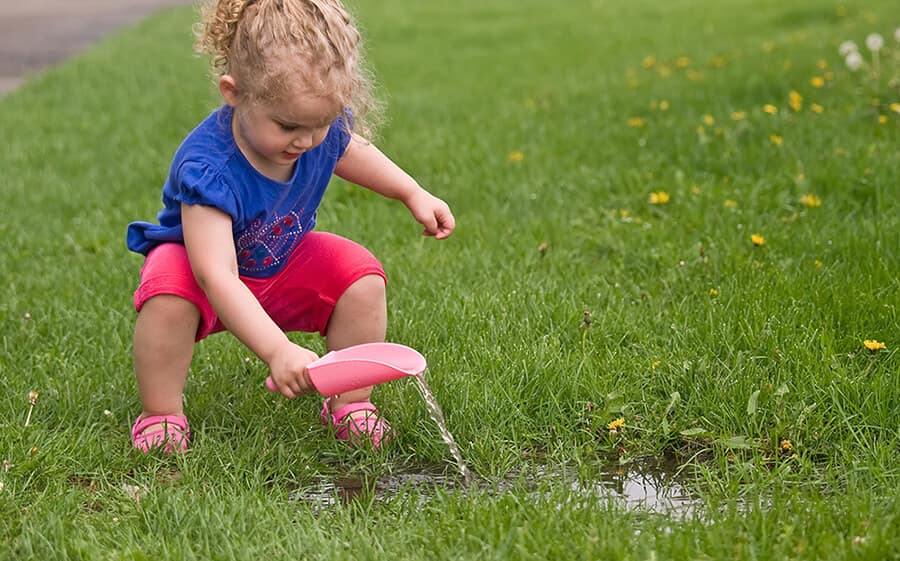Discover Common Origins Contributing To Water Leakage in Your Home
Discover Common Origins Contributing To Water Leakage in Your Home
Blog Article
We've found this great article relating to How to Find Water Leaks directly below on the net and think it made good sense to write about it with you over here.

Leaks not just cause waste of water yet can likewise create unnecessary damages to your home and also promote undesirable natural growth. By looking and also recognizing for daily situations that create leakages, you can safeguard your house from future leaks and unneeded damage.
Trespassing roots
Most water leaks start outside your house as opposed to inside it. If you see an unexpected decrease in water pressure, state in your faucet, take time to go out as well as analyze your yard. You might see wet spots or sinkholes in your yard, and that may suggest that tree origins are attacking water lines creating water to permeate out. You can have your plumber look for breach, especially if you have trees or shrubs near your home.
Rusty water supply
As time passes by, your plumbing system ages as well as rust such as corrosion might start gnawing the pipes. This could be the root cause of staining or bending on your water pipes. This requires an evaluation with your plumber right away. Think about replacing the pipes considering that they are at a greater danger of corrosion than the newer versions if our plumbing system is old.
Malfunctioning Pipe Joints
The point at which your pipelines link is frequently the weakest web link in the waterline. Pipeline joints can degrade with time, resulting in water leakages. The bulk of pipeline joints are not easily noticeable. If you have noisy pipes that make ticking or banging sounds, particularly when the hot water is turned on, your pipe joints are possibly under a lot of stress. It is recommended to have your plumber evaluate your system yearly.
Immediate temperature changes.
Extreme temperature adjustments in our pipes can trigger them to expand as well as acquire unexpectedly. This development as well as contraction might trigger cracks in the pipelines, especially if the temperature are listed below freezing.
Poor Water Connectors
At times, a leakage can be triggered by loosened pipes as well as pipes that supply your devices. More often than not, moving is what causes the loosened water Connections. You may discover when it comes to a washing device, a hose might spring a leak as a result of drinking throughout the spin cycle. In case of a water links leak, you might notice water running straight from the supply line or puddles around your devices.
Blocked Drains
Clogged drains pipes may be aggravating and inconveniencing, however they can occasionally wind up causing an overflow causing break pipes. Maintain eliminating any type of materials that might drop your drains pipes that might obstruct them to prevent such inconveniences.
All the above are sources of leaks but not all water leakages arise from plumbing leaks; some leaks may originate from roofing system leaks. All leaks must be repaired quickly to avoid water damages.
Leakages not just trigger waste of water yet can likewise cause unneeded damage to your home and advertise undesirable organic growth. By comprehending and looking for day-to-day circumstances that create leaks, you can shield your home from future leakages and also unnecessary damages. Today, we will certainly look at six leakage causes that may be creating your pipelines to drip.
At times, a leakage can be caused by loosened hoses as well as pipes that supply your appliances. In instance of a water links leak, you might observe water running directly from the supply line or puddles around your appliances.
How To Check For Water Leak In Your Home
How To Check for Leaks
The average household's leaks can account for nearly 10,000 gallons of water wasted every year and ten percent of homes have leaks that waste 90 gallons or more per day. Common types of leaks found in the home are worn toilet flappers, dripping faucets, and other leaking valves. These types of leaks are often easy to fix, requiring only a few tools and hardware that can pay for themselves in water savings. Fixing easily corrected household water leaks can save homeowners about 10 percent on their water bills.
To check for leaks in your home, you first need to determine whether you're wasting water and then identify the source of the leak. Here are some tips for finding leaks:
Take a look at your water usage during a colder month, such as January or February. If a family of four exceeds 12,000 gallons per month, there are serious leaks.
Check your water meter before and after a two-hour period when no water is being used. If the meter changes at all, you probably have a leak.
Identify toilet leaks by placing a drop of food coloring in the toilet tank. If any color shows up in the bowl after 10 minutes, you have a leak. (Be sure to flush immediately after the experiment to avoid staining the tank.)
Examine faucet gaskets and pipe fittings for any water on the outside of the pipe to check for surface leaks.
Undetected water leaks can happen without the home or business owner even realizing. If you suspect a water leak, but not able to find the source. It is time to contact a professional water leak detection service, The Leak Doctor.
How To Find a Water Leak In Your Home
https://www.leakdoctor.com/blog/How-To-Check-For-Water-Leak-In-Your-Home_AE197.html

Hopefully you liked our section about How to Find Water Leaks. Many thanks for finding the time to browse our posting. Remember to set aside a second to distribute this content if you appreciated it. Many thanks for your time spent reading it.
Schedule Appointment Report this page